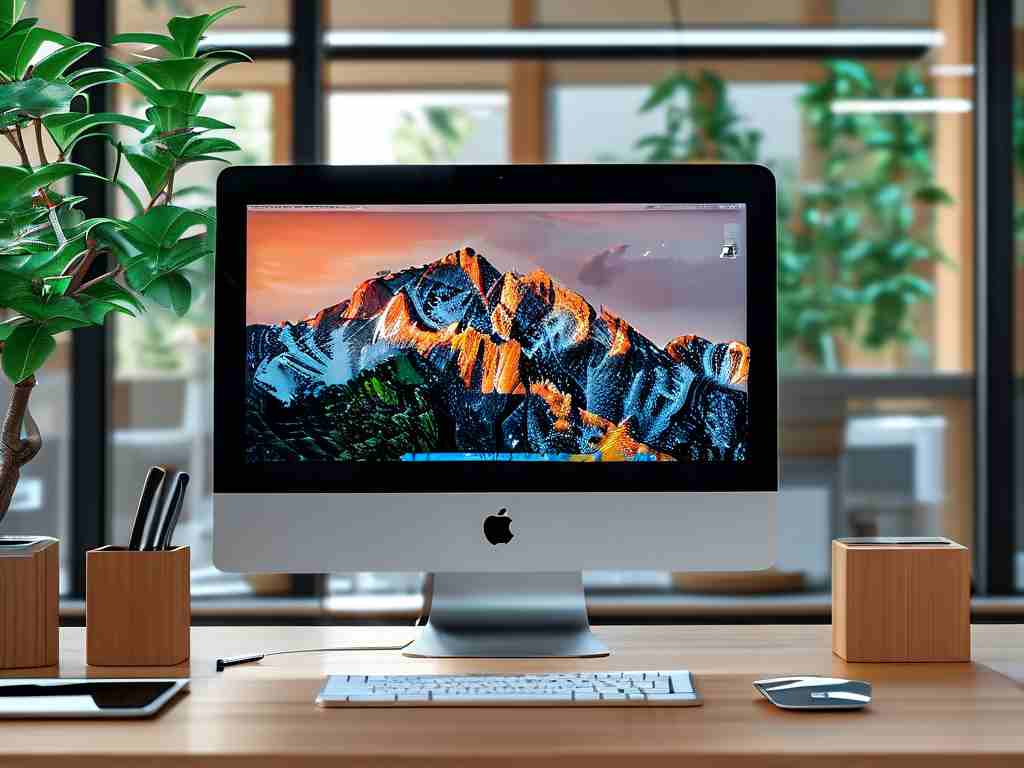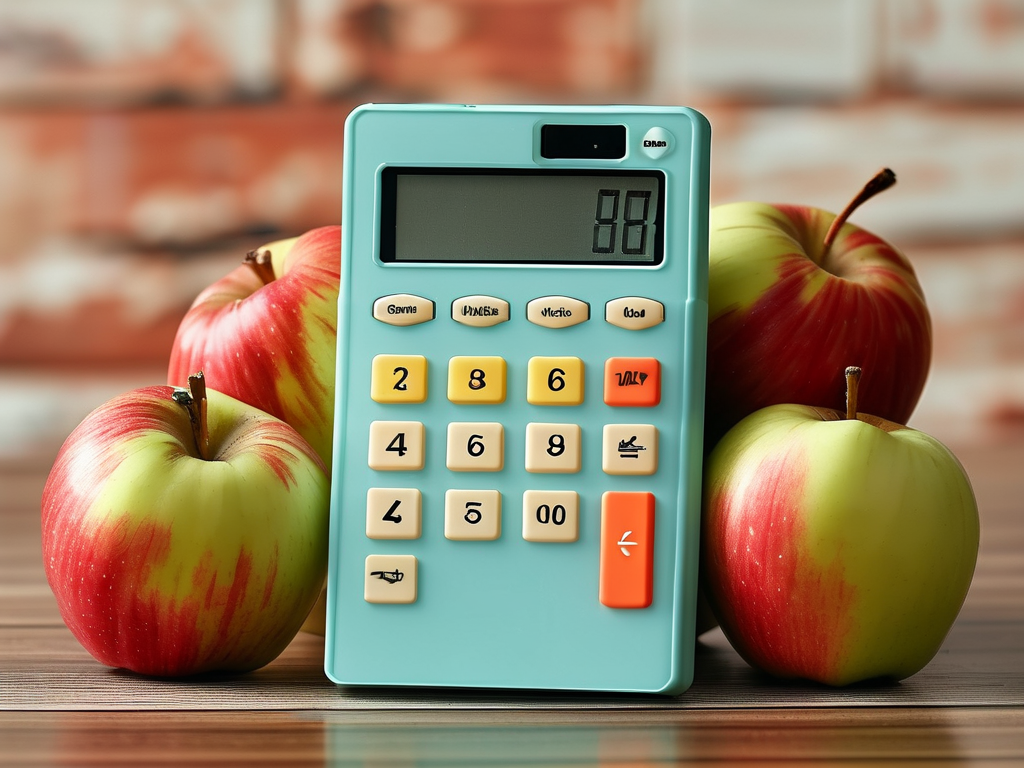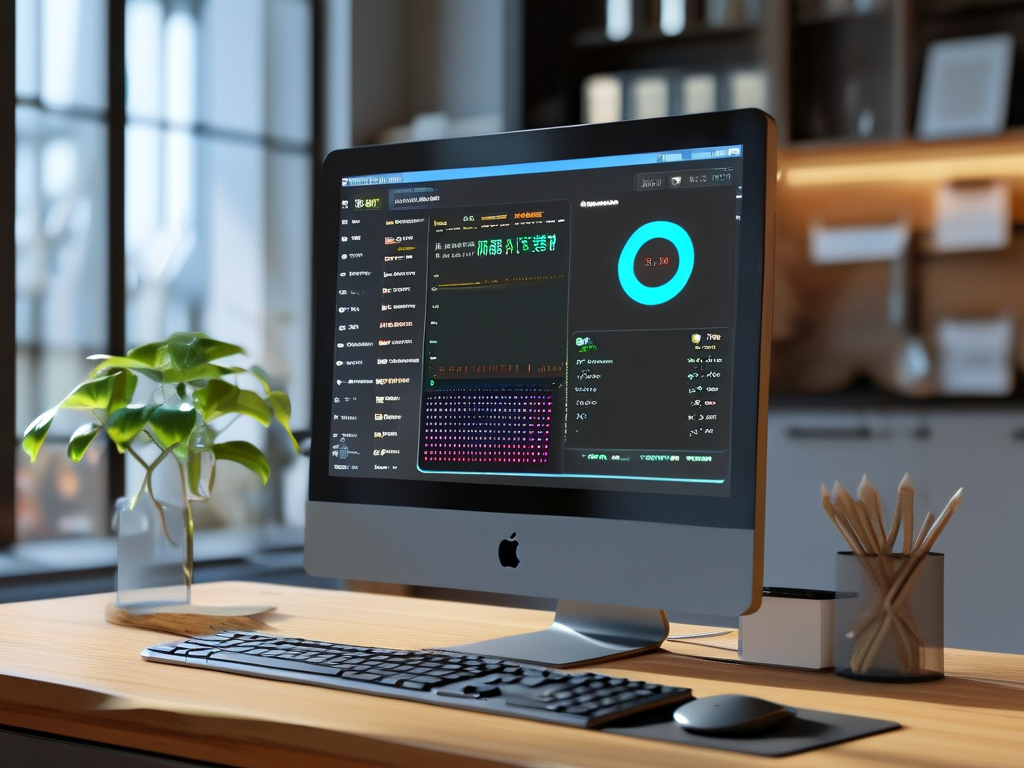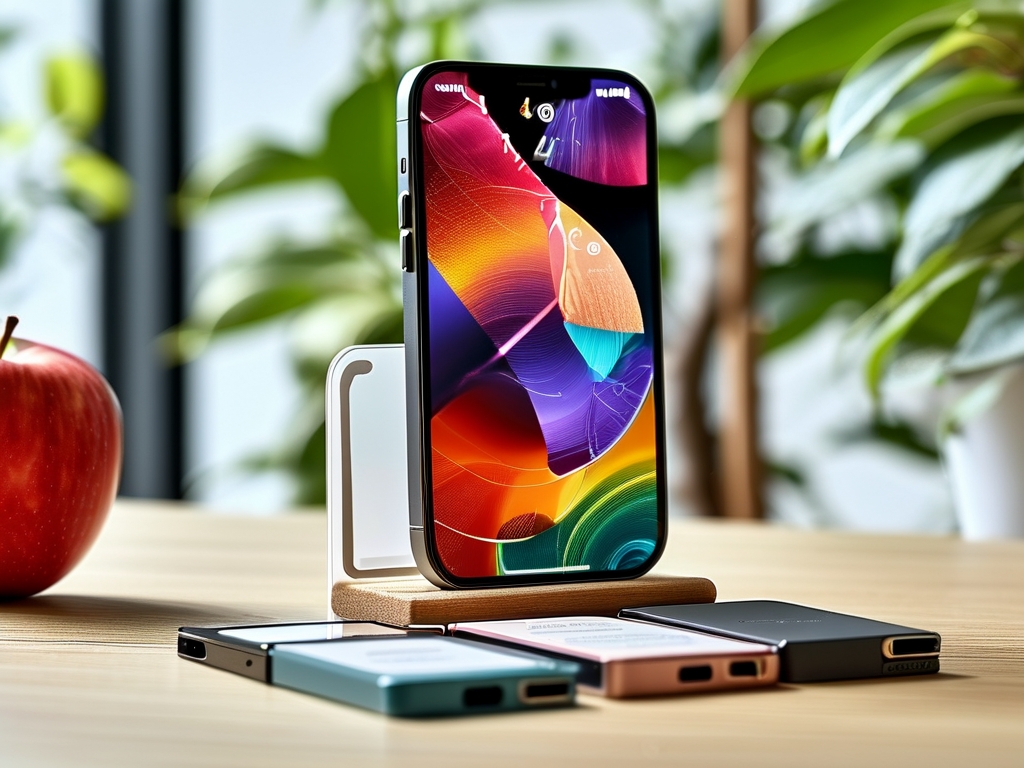For iPhone 14 users, managing memory effectively ensures smoother performance and longer device longevity. While Apple’s iOS is optimized for efficiency, understanding how to control memory usage can resolve slowdowns and prevent app crashes. This guide explores actionable strategies tailored for the iPhone 14, blending system features and user habits to maximize storage and performance.

Understanding iOS Memory Allocation
The iPhone 14 uses a combination of RAM (6GB) and flash storage (up to 1TB) to handle tasks. iOS dynamically allocates resources based on app requirements, but background processes and cached data can accumulate over time. Unlike Android, iOS automatically suspends inactive apps, but poorly optimized third-party apps may still consume resources. Monitoring memory usage via the Settings app (> General > iPhone Storage) provides insights into which apps or files occupy the most space.
Close Unnecessary Background Apps
While iOS manages background processes efficiently, manually closing apps can help in specific scenarios. For example, navigation or video-editing apps running in the background may drain memory. To force-close an app:
- Swipe up from the bottom (or double-press the Home button for older models) to open the app switcher.
- Swipe left or right to locate the target app.
- Swipe the app’s preview upward to close it.
Avoid overdoing this, as iOS reloads frequently used apps, which may increase battery consumption.
Leverage Offload Unused Apps
A built-in iOS feature called “Offload Unused Apps” automatically removes infrequently used apps while retaining their data. To enable this:
- Go to Settings > General > iPhone Storage.
- Tap “Enable” under Offload Unused Apps.
This frees up storage without losing app-specific information. For manual offloading, select individual apps in the storage menu and choose “Offload App.”
Optimize Photo and Video Storage
High-resolution photos and 4K videos consume significant space. The iPhone 14’s camera enhancements make media files larger, but iCloud Photos can help:
- Enable “Optimize iPhone Storage” (Settings > Photos).
- Full-resolution files upload to iCloud, while device-optimized versions remain locally.
Additionally, regularly export and delete redundant media or use third-party tools like Google Photos for backup.
Clear Safari and App Caches
Web browsers and social media apps store temporary data to speed up loading times. Over months, these caches can occupy gigabytes. To clear Safari cache:
- Navigate to Settings > Safari > “Clear History and Website Data.”
For apps like Instagram or Facebook, cache deletion varies. Most apps offer a “Storage” section in their settings menu for clearing cached files.
Update iOS Regularly
Apple’s updates often include memory management improvements. For instance, iOS 16.5 introduced enhanced background process controls for iPhone 14 models. Ensure automatic updates are enabled via Settings > General > Software Update.
Avoid Overloading with Widgets and Live Activities
While widgets and Live Activities enhance usability, overloading the Home Screen or Lock Screen forces iOS to keep these elements active in memory. Limit widgets to essentials and disable Live Activities for non-critical apps (long-press the widget > Remove).
Factory Reset as a Last Resort
If memory issues persist despite optimization, a factory reset may resolve deep-seated software glitches. Backup data via iCloud or a computer first, then go to Settings > General > Transfer or Reset iPhone > Erase All Content and Settings.
By combining these strategies, iPhone 14 users can maintain optimal memory performance. Regular maintenance, paired with iOS’s innate efficiency, ensures the device remains responsive for gaming, multitasking, and creative workflows.









